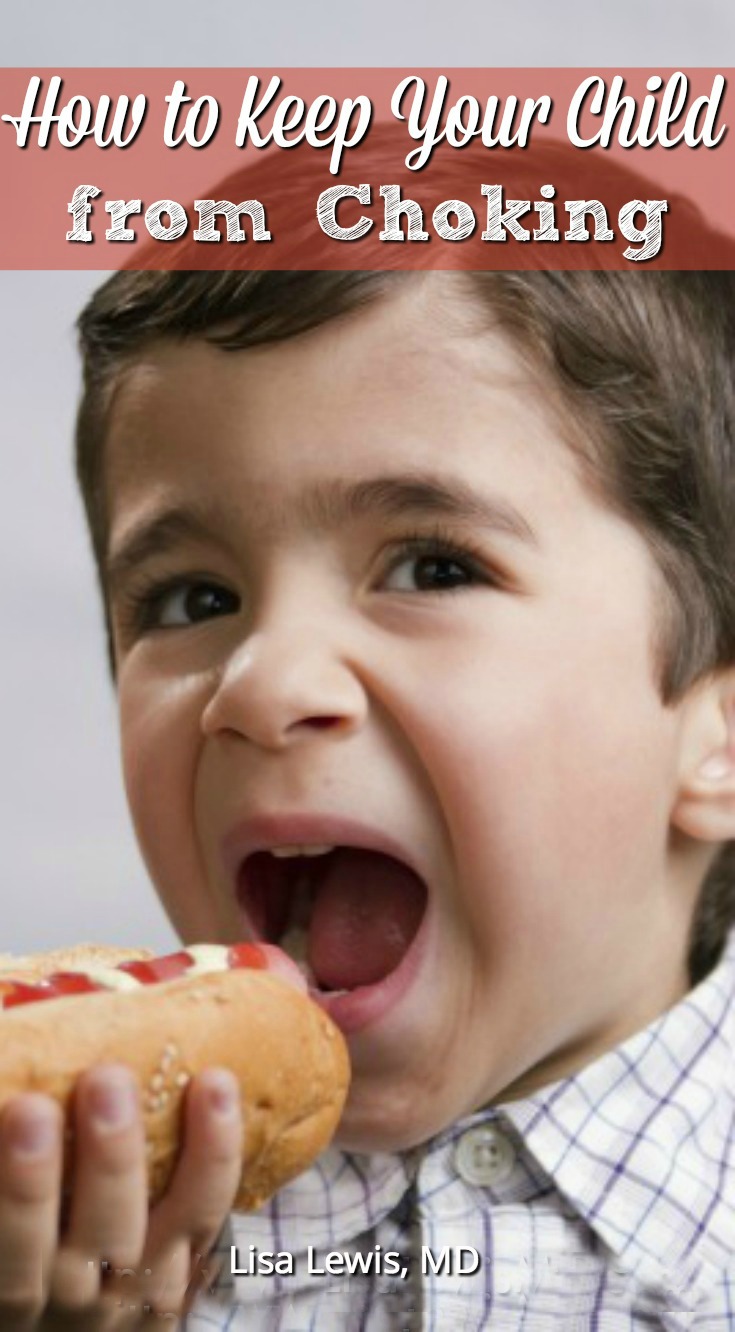According to a study in the August 2013 issue of Pediatrics, published by the American Academy of Pediatrics (AAP), hard candy is the top reason for nonfatal choking incidents that lead to emergency room visits in America.

Now, here’s the information that might surprise you. In the same study, four-year-olds accounted for 61.7% of the choking episodes. Surprised? Many parents withhold hard candy only from babies and toddlers! According to the study, older children are at risk of choking as well.
So, how do you keep your child from choking? Take away choking hazards and the choking risk is reduced significantly. (“Duh,” you say? Don't judge until you've read the following list!) Common choking culprits include meat (hot dogs are at the top of the list), bones, nuts, popcorn kernels, gum, fruits, vegetables, cheese chunks, and other types of candy.
So, here's the meat of the story. No pun intended.
To reduce the risk of choking in your child, keep this list handy.
- Eliminate hard or chewy candy from children’s diets. Children are not ready to figure out how to chew and swallow hard candy. Those who appear to eat hard candy with ease may, unfortunately, choke if distracted or if a sizable chunk is consumed.
- Do not give large pieces of fruit or vegetables. Chop them, whether fresh or cooked. For babies less than nine months old, puree their fruits and vegetables. Toddlers and children should eat small pieces that are not too hard.
- Cut up meat and cheese into small pieces. Babies less than nine months old should eat pureed meat and cheese. For toddlers and children, give them small, tender, easy-to-chew pieces of meat or cheese. Soft meat and cheese may be shredded by hand.
- Sift and remove popcorn kernels. Do not trust the safety of any popcorn served, whether bagged, popped in the microwave, or purchased at a movie. Discard the kernels yourself.
- Serve meat boneless. Despite the “eat meat and spit out bones” example set by cartoon characters, no one should tear meat from a bone. Separate meat from bones, assuring that no pieces of bone are left behind.
- Do not give your child gum until age 5 or later. Even at this older age, children should not chew gum during exercise, running, or sporting activities.
- Give nuts in paste form early. Many commercially available nut pastes are available. If you are feeling creative, recipes are available to make your own fresh nut pastes.
- Encourage your child to eat one piece at a time. Most children will try to cram more than one piece of food in their mouth at a time. This commonly causes choking due to the abundance of food in the mouth.
To lower the risk of choking, pay attention to the foods given as well as their texture and quantity.
You can find a course for CPR and choking treatment by contacting a local hospital in your area, the American Red Cross (www.redcross.org/CPR-Training), or the American Heart Association (www.heart.org).
Have you ever had a problem with your child choking on a food?


